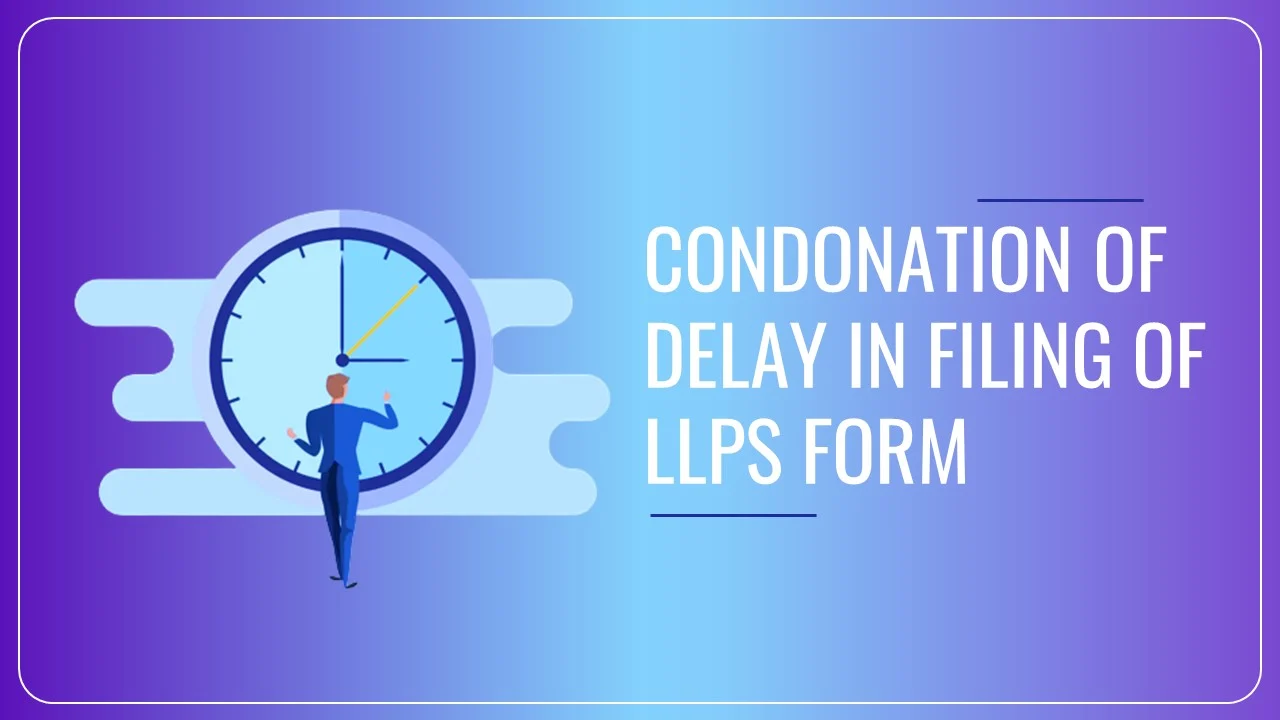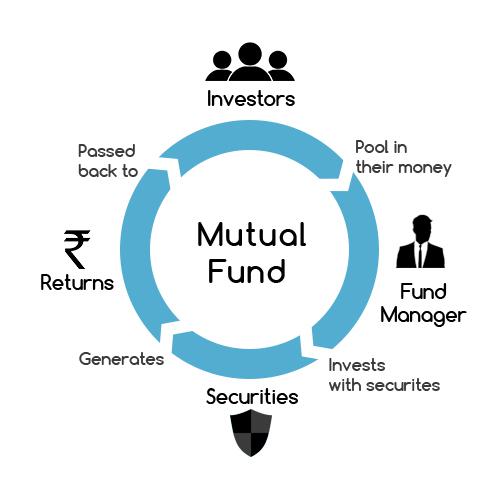The Securities and Exchange Board of India (“SEBI”) in the exercise of its powers conferred under Section 11(1) and 11 A of the SEBI Act, 1992 and Regulation 101 of the Listing Obligations and Disclosure Requirements Regulations, 2015 (“LODR Regulations”) has issued a Master Circular vide Circular No. SEBI/HO/CFD/PoD2/CIR/P/2023/120 dated July 11, 2023 for compliance with the provisions of the SEBI LODR Regulations, 2015 by listed entities (“Master Circular”).1 The Master Circular consolidates the provisions of all applicable circulars issued by SEBI till June 30, 2023, and enables the users to have easier access to the framework for various obligations under the LODR Regulations.
The following are the key highlights of the Master Circular:
| Sl. No | Methods | Specific Condition |
|---|---|---|
| 1. | Rights issue to public shareholders | Promoter(s) / promoter group shareholders shall forgo their entitlement to equity shares that may arise from such issue. |
| 2. | Bonus Issue to public shareholders | Promoter(s) / promoter group shareholders shall forgo their entitlement to equity shares that may arise from such issue. |
| 3. |
|
|
| 4. | Increase in public holding pursuant to exercise of options and allotment of shares under an employee stock option scheme, subject to a maximum of 2% of the paid-up equity share capital of the listed entity. | The ESOS scheme shall be in compliance with the Securities and Exchange Board of India (Share Based Employee Benefits and Sweat Equity) Regulations, 2021 and the promoter(s) / promoter group shall not be allotted any shares. |
| 5. | Transfer of shares held by promoter(s) / promoter group to an Exchange Traded Fund (ETF) managed by a SEBI-registered mutual fund, subject to a maximum of 5% of the paid-up equity share capital of the listed entity. |
The listed entity shall, at least one trading day prior to such proposed transfer, announce the following details to the stock exchange(s) where its shares are listed:
|
| 6. | Any other method as may be approved by the Board on a case to case basis. | The listed entity needs to submit an application to the Board with relevant details for obtaining prior permission. The Board would endeavor to communicate its decision within 30 days of receiving the proposal or requested additional information from the entity. |
| Sl. No | LODR Regulations | Fine payable and/or other action to be taken on non-compliance | |
|---|---|---|---|
| 1. | Regulation 6(1) | Non-compliance with requirement to appoint a qualified company secretary as the compliance officer | INR 1,000(Rupees One Thousand Only)per day |
| 2. | Regulation 7(1) | Non-compliance with requirement to appoint share transfer agent | Same as above |
| 3. | Regulation 13(1) |
Failure to ensure that adequate steps are taken for expeditious redressal of investor complaints. Fines would be imposed even during suspension period for non-compliance of regulation 13(1) the modalities of the same shall in terms of SEBI Circular dated 07.11.2022. |
Same as above |
| 4. | Regulation 13(3) | Non-submission of the statement on shareholder complaints within the period specified under this regulation or under any circular issued in respect of redressal of investor grievances | Same as above |
| 5. | Regulation 17(1) | Non-compliance with the requirements pertaining to the composition of the Board including failure to appoint woman director | INR 5,000 (Rupees Five Thousand Only) per day |
| 6. | Regulation 17(1A) | Non-compliance with the requirements pertaining to the appointment or continuation of Non-executive director who has attained the age of seventy five years | INR 2,000 (Rupees Two Thousand Only) per day |
| 7. | Regulation 17(2) | Non-compliance with the requirements pertaining to number of Board meetings. | INR 10,000 (Rupees Ten Thousand Only) per instance |
| 8. | Regulation 17(2A) | Non-compliance with the requirements pertaining to quorum of Board meetings. | Same as above |
| 9. | Regulation 17(1A) | Non-compliance with the requirements pertaining to the appointment or continuation of Non-executive director who has attained the age of seventy five years | INR 2,000 (Rupees Two Thousand Only) per day |
| 10 | Regulation 19(1)/19(2) | Non-compliance with the constitution of the nomination and remuneration committee | INR 2,000 (Rupees Two Thousand Only) per day |
| 11 | Regulation 20(2)/(2A) | Non-compliance with the constitution of the stakeholder relationship committee | INR 2,000 (Rupees Two Thousand Only) per day |
| 12 | Regulation 21(2) | Non-compliance with the constitution of the risk management committee | INR 2,000 (Rupees Two Thousand Only) per day |
| 13 | Regulation 23(9) | Non-compliance with the requirement to disclose related party transactions in the format as specified and within the prescribed timeline | INR 5,000 (Rupees Five Thousand Only) per day |
| 14 | Regulation 24A(2) | Non-compliance with submission of secretarial compliance report | INR 2,000 (Rupees Two Thousand Only) per day |
| 15 | Regulation 27(2) | Non-submission of the Corporate governance compliance report within the period provided under this regulation | INR 2,000 (Rupees Two Thousand Only) per day |
| 16 | Regulation 28(1) | Non-compliance with obtaining in-principle approval of stock exchange(s) before issuance of securities | INR 50,000 (Rupees Fifty Thousand Only) per instance |
| 17 | Regulation 29(2)/(3) | Delay in furnishing prior intimation about the meeting of the board of directors | INR 10,000 (Rupees Ten Thousand Only) per instance |
| 18 | Regulation 31(1) | Non-submission of shareholding pattern within the period specified | INR 2,000 (Rupees Two Thousand Only) per day |
| 19 | Regulation 31A(3)(a) | Non-compliance pertaining to delay in submission of reclassification application to stock exchanges | INR 5,000 (Rupees Five Thousand Only) per day |
| 20 | Regulation 32(1) | Non-submission of deviations/ variations in utilization of issue proceeds | INR 1,000 (Rupees One Thousand Only) per day |
| 21 | Regulation 33 | Non-submission of the financial results within the period specified under this regulation | INR 5,000 (Rupees Five Thousand Only) per day |
| 22 | Regulation 34 | Non-submission of the Annual Report within the period specified under this regulation | INR 2,000 (Rupees Two Thousand Only) per day |
| 23 | Regulation 42(2)/(3)/(4)/(5) | Delay in/ non-disclosure of record date/ dividend declaration or non-compliance with ensuring the specified time gap between two record dates/ book closure dates | INR 10,000 (Rupees Ten Thousand Only) per instance of noncompliance per item |
| 24 | Regulation 43A | Non-disclosure of Dividend Distribution Policy in the Annual Report and on the website of the entity | INR 25,000 (Rupees Twenty-Five Thousand Only) per instance |
| 25 | Regulation 44(3) | Non-submission of the voting results within the period provided under this regulation | INR 10,000 (Rupees Ten Thousand Only) per instance of noncompliance |
| 26 | Regulation 44(5) | Non-convening of annual general meeting within a period of five months from the close of the financial year | INR 25,000 (Rupees Twenty-Five Thousand Only) per instance |
| 27 | Regulation 46 | Non-compliance with norms pertaining to functional website |
Advisory/warning letter per instance of non-compliance per item INR10,000 (Rupees Ten Thousand Only) per instance for every additional advisory/warning letter exceeding the four advisory/ warning letters in a financial year |
Conclusion The Master Circular serves as a comprehensive and essential guide for ensuring transparency, accountability, and investor protection in the Indian securities market. It consolidates various guidelines and updates issued by SEBI over time, providing listed entities with a one-stop reference for understanding their obligations and disclosure requirements.The Master Circular emphasizes on the significance of both non-financial and financial disclosures and mandates certain event-based disclosures such as defaults on payment of interest, divergence in asset classification, resignation of statutory auditors, etc. Furthermore, the penal actions for non-compliance of the LODR Regulations acts as a deterrent against non-compliance and serve to maintain discipline and integrity in the securities market.
<


